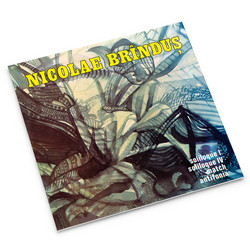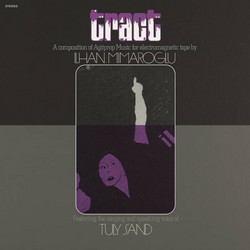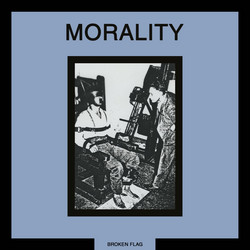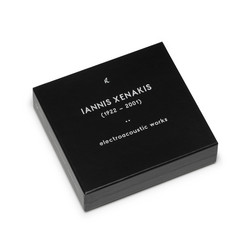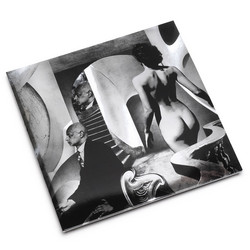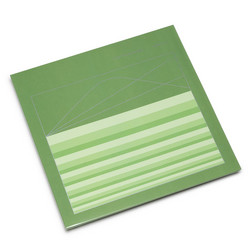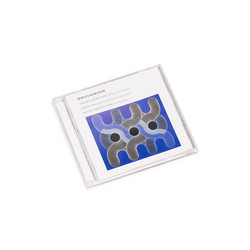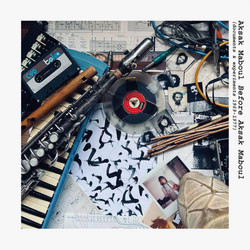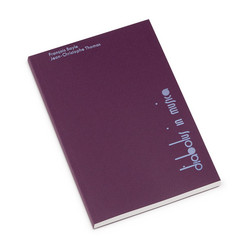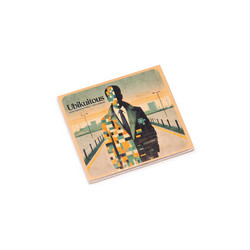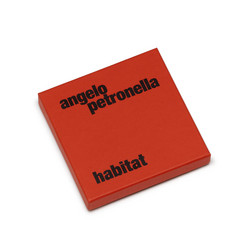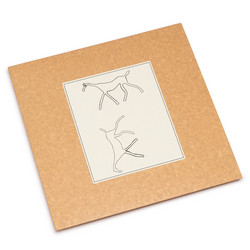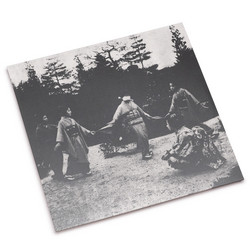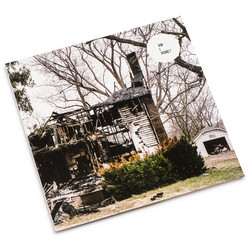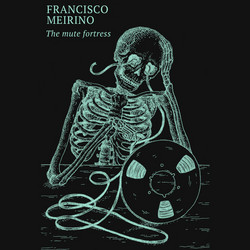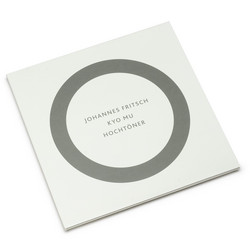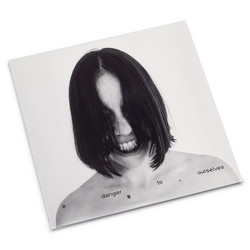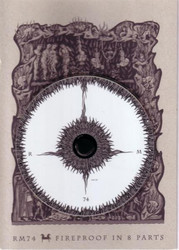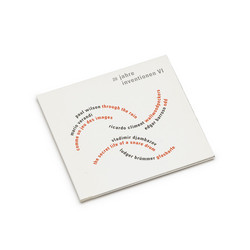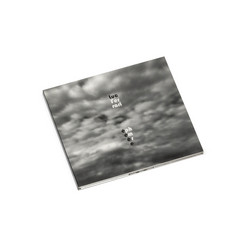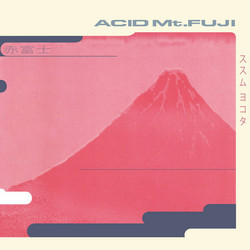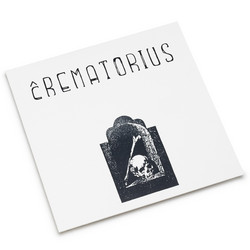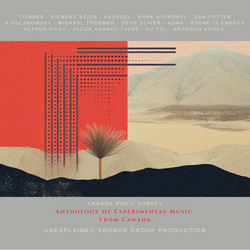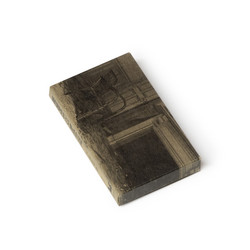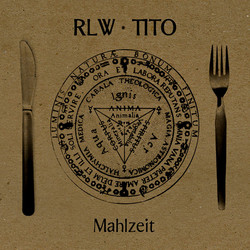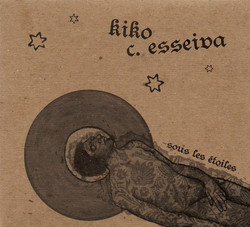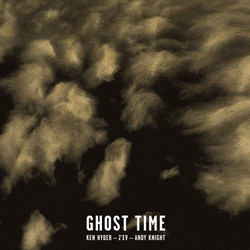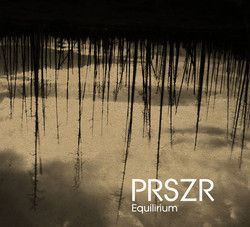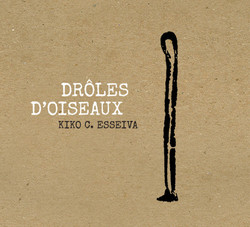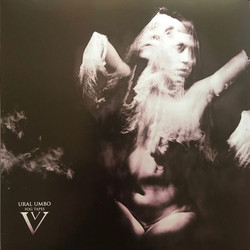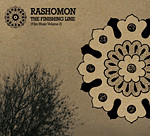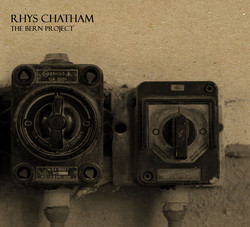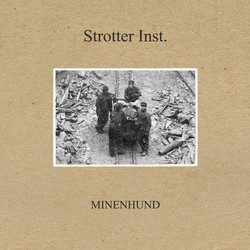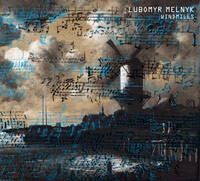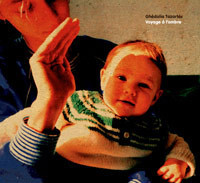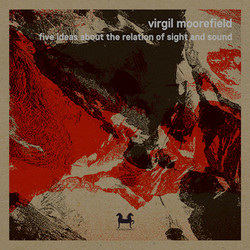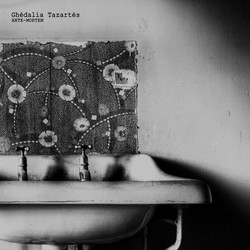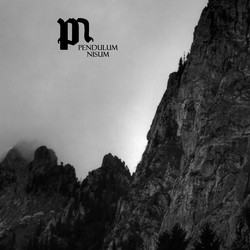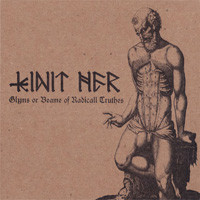2025 Stock Emerging from Berlin’s subterranean performance spaces, Herpes Ö DeLuxe release Kielholen, a collection that dismantles the very notion of musical polish. Recorded in dim-lit basements and improvised studios, it sounds like a living artifact of urban decay—part sonic installation, part fever dream. At its center lies Hinterzimmer, the album’s conceptual anchor, where metallic rhythms and grotesque humor intertwine with a surgical awareness of cultural collapse.
Rather than offering melodies for easy consumption, the band constructs sonic architecture that feels abraded and toxic, the aural equivalent of breathing factory dust. Their sound oscillates between German industrial tradition and dadaistic theater, evoking early Einstürzende Neubauten filtered through a mischievous, nihilistic lens. It isn’t nostalgia—it’s an autopsy on what remains of Europe’s post-industrial identity.
The term “Kielholen,” derived from an old naval punishment, becomes metaphor here: dragging the listener beneath the hull of contemporary media spectacle. Instead of drowning, we surface gasping, exhilarated. Layers of harsh electronics fuse with distorted chants, found sounds, and faint traces of melody that seem to resist annihilation. The result is an album that balances violence with perverse elegance.
Throughout Kielholen, Herpes Ö DeLuxe deploy sonic irony as both shield and weapon. Tracks stutter between precision and chaos, their mechanical grooves offset by human fragility. Hinterzimmer epitomizes this contradiction—claustrophobic, sexless, but pulsing with an indecent vitality. The group’s lyricism, mixing German and English fragments, plays like overheard transmissions from a disintegrating bureaucracy. They turn language itself into debris, recycling phrases until they lose meaning and gain texture.
What elevates the record beyond pastiche is its command of atmosphere. Each piece functions like an installation rather than a song, an environment built from feedback loops and decaying samples. The production embraces imperfection: tape hiss, distorted vocals, uneven volume levels—all become part of the record’s aesthetic coherence. There’s intent behind the noise, a kind of warped discipline that refuses both comfort and chaos for their own sake.
The visual presentation accompanying Kielholen complements the sound: stark photography, fragmented typography, the look of a burned manual for obsolete machinery. The band continues to operate as both musical entity and critique of artistic commodification, refusing the distinction between art and dysfunction. Their live performances—half ritual, half mechanical failure—mirror the record’s tension between control and entropy.
It’s rare to encounter a project that feels so defiantly unmarketable yet so essential to its time. Kielholen stands as a document of discontent, a missive from the darker corners of a culture addicted to its own corrosion. Herpes Ö DeLuxe invite no pity, no empathy—only participation in the spectacle of unmaking.
Selected excerpts from the Herpes Ö DeLuxe archive (1997-2005), assembled and produced at Hinterzimmer Bern 2006. Packaging: cardboard & greaseproof paper in jewelcase.
